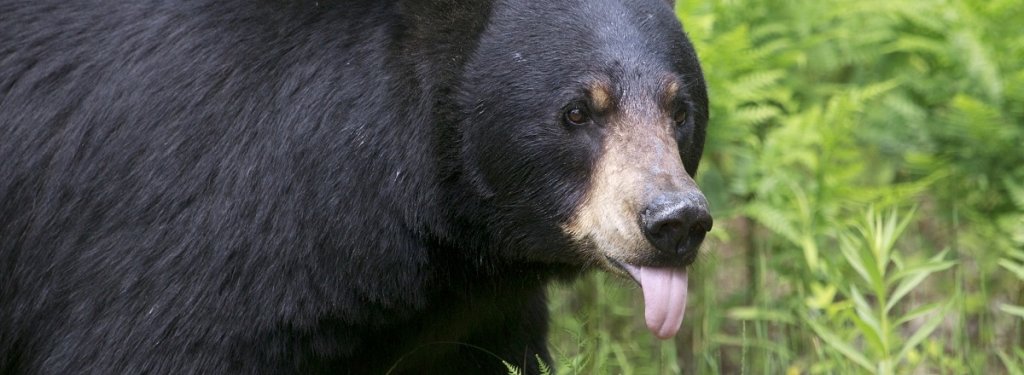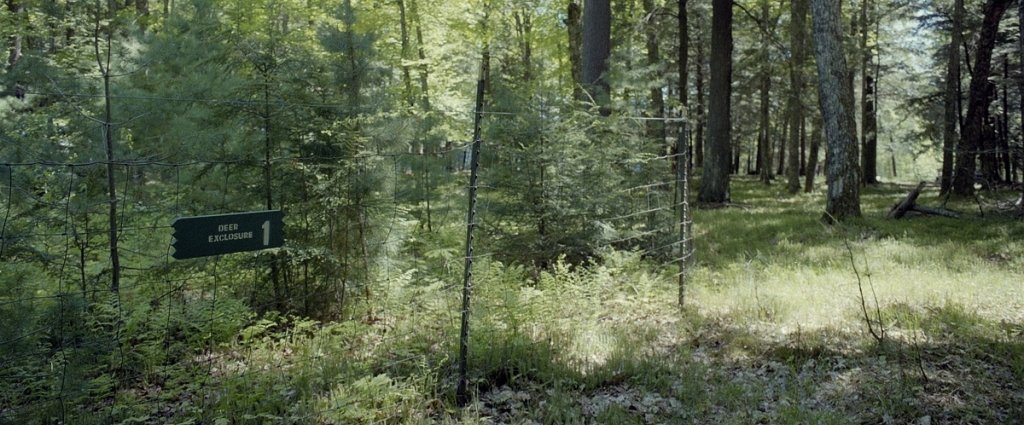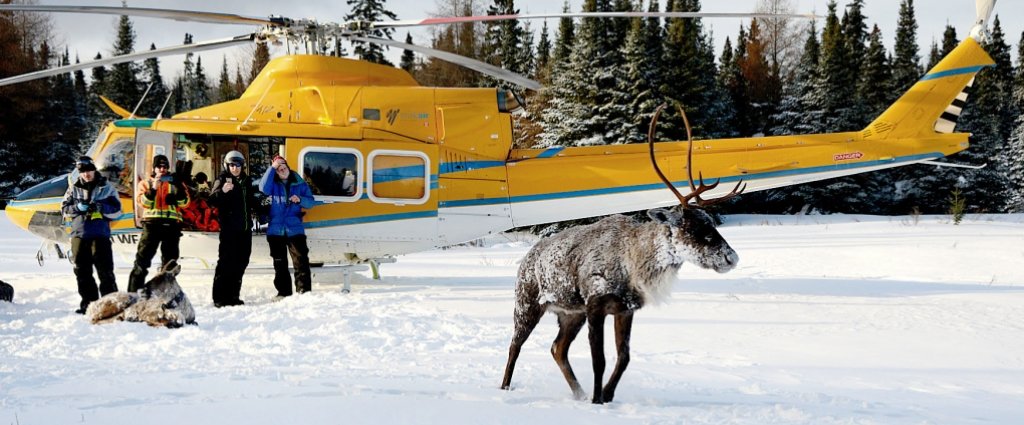Letters to the Editor
Wolf-dog pups behind DHH
Receiving the last Michigan Tech Magazine featuring the wolf man on the cover brought back fond memories. In 1948, Mark Cross and I canoed up the Abitibi River from Cochrane, Ontario, to Moosonee on James Bay, which is the lower half of Hudson Bay and the summer resting place for the Cree Indians. As Mark and I walked through the village we saw all the Cree’s wolf dog puppies and thought how great a mascot they would make for the Michigan Tech Huskies.
We made a deal for two puppies and headed back upstream. Well, the dogs ate more than we did, and we ran out of food in about four days, but we fished and did very well. At six weeks old our little pups could fend for themselves. They subsisted on frogs mainly, which they had no trouble catching. It took three weeks to get to the road and our 1937 Chevrolet.
We were a little late for the start of classes but were able to catch up. We tied the pups behind Douglass Houghton Hall. Neither King, the male, or Queen, the female, could bark, but they howled all night long. We hung on until Thanksgiving break when I took the dogs back to Detroit and asked my mom to watch them for us, which she did until I graduated in 1950. When Mary Jo married me in 1951, she inherited King. He was a great friend.
Paul Goode ’50
From bedroom to lactation room
I read with interest about “a lactation room for nursing mothers . . . on the second floor of the Hamar House.” That was the house my father, then president of the Hamar Quandt Company (now 41 Lumber) built around 1941, when I was six years old. It was a “showcase” house for the Hamar Quandt Company and had special features including a clothes chute and dust chute that dropped its contents from my bedroom on the second floor to containers in the basement. In the closet of that bedroom are (were?) elastic strips where I kept my hair ribbons and pencil marks on the wall showing my yearly growth.
I assume the lactation room is in the bedroom with the bathroom, my parents’ bedroom. It faced College Avenue, which was then also US 41, and also a neighborhood street with lovely houses on both sides.
In 1964, the La Leche League, a national support group for breastfeeding mothers, was started as a combined Minneapolis/St. Paul group. It grew so quickly, we split into two groups, one for each city. I became the St. Paul leader—thus my special interest in a lactation room in my old house.
Gretchen Hamar Healy
Wolves: another viewpoint
In response to Michigan Tech Magazine’s article “Wolf Man,” I’d like to present a few pesky facts.
When wolves were first introduced to Yellowstone in 1995, the initial plan was to introduce fifteen wolves from Canada annually for up to five years, but they did so well that introductions were halted after two years. Meanwhile, Yellowstone’s northern elk populations have fallen from about 12,000 in 1997–98 to 4,000 in 2011–12, which explains why many hunters in adjacent areas have had to make do with “tag soup.”
Within the Greater Yellowstone Recovery Area, there have been 1,961 confirmed kills of cattle and sheep, 37 “other” (including llamas, goats, and horses), and 51 dogs. The numbers not expressed are equally significant: abortions from stress, animals that fail to conceive for the same reason, and maulings of livestock. Yet Mr. Smith maintains that wolves rarely dine on domesticated animals and only occasionally kill cattle and sheep.
Let me make a prediction based on Mr. Smith’s observations. If the wolves of Yellowstone are having a harder time of it because of a “leaner, meaner elk herd,” there will be an exodus from the park as wolves seek domestic prey, and the number of kills will increase as they become habituated to dining on beef, lamb, dog, and the occasional domesticated foal.
But I can certainly agree with Mr. Smith on one point. It is so exceedingly frustrating when the facts just don’t seem to matter.
Paula S. (Peterson) Thurston ’80
Michigan Technological University is a public research university founded in 1885 in Houghton, Michigan, and is home to nearly 7,500 students from more than 60 countries around the world. Consistently ranked among the best universities in the country for return on investment, Michigan’s flagship technological university offers more than 120 undergraduate and graduate degree programs in science and technology, engineering, computing, forestry, business, health professions, humanities, mathematics, social sciences, and the arts. The rural campus is situated just miles from Lake Superior in Michigan's Upper Peninsula, offering year-round opportunities for outdoor adventure.



